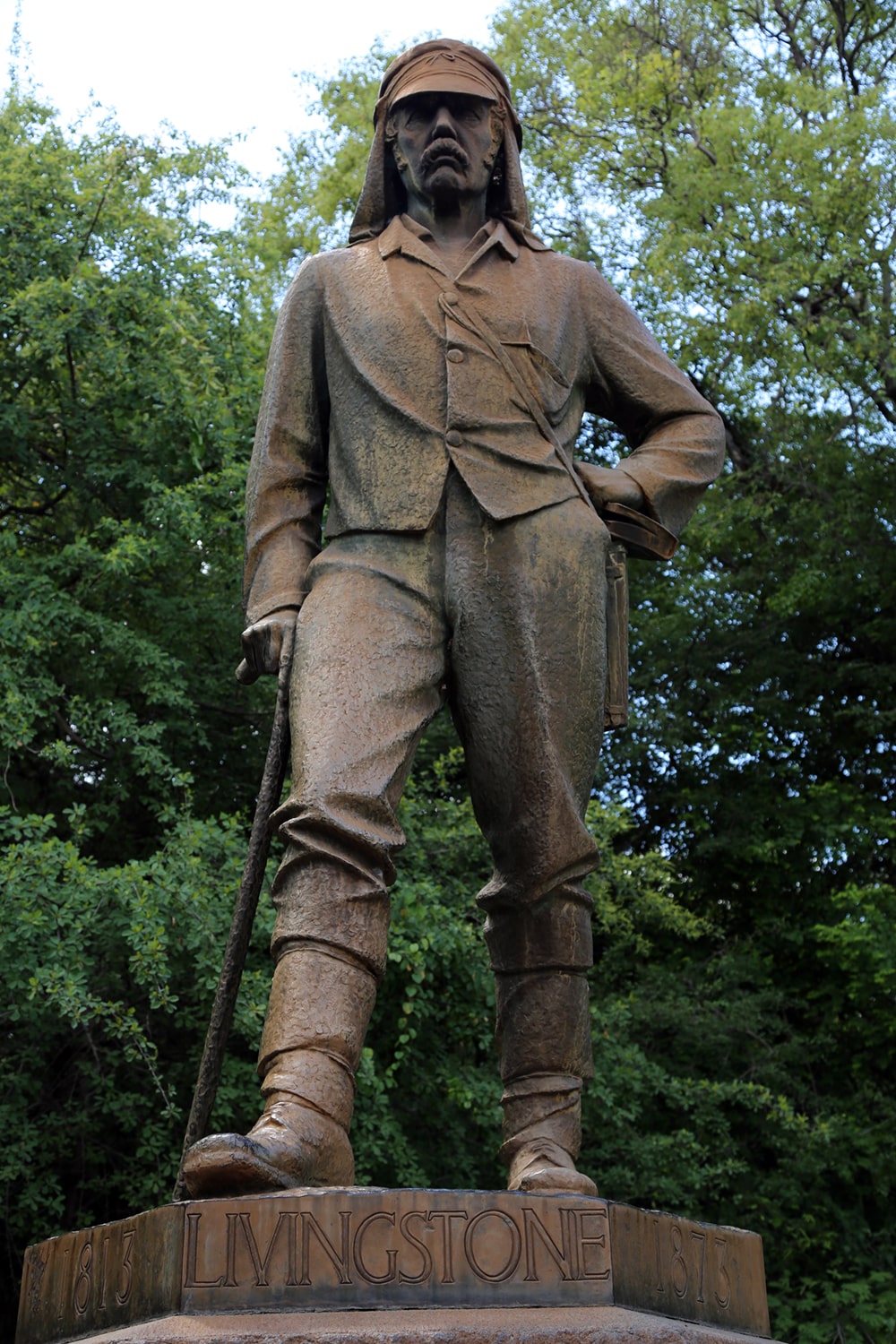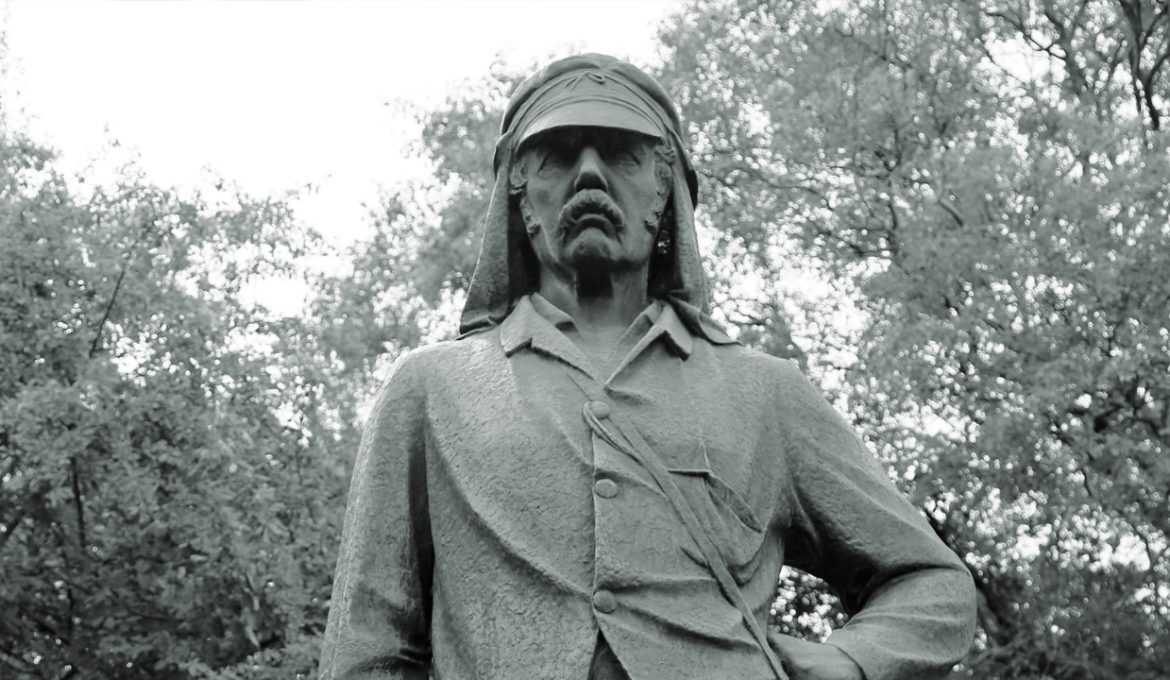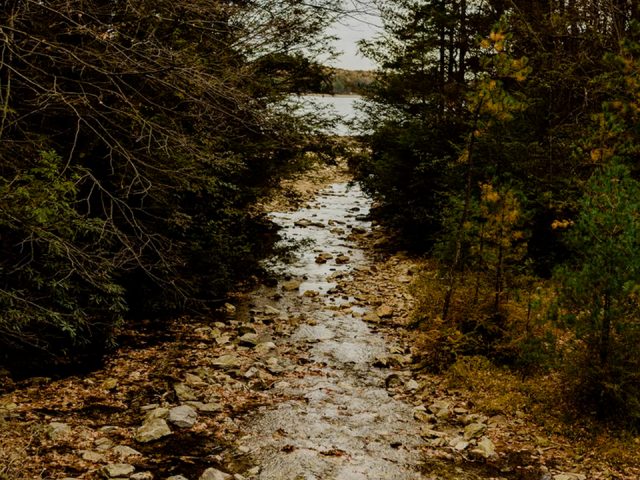I am prepared to go anywhere, provided it be forward.”
Dr. David Livingstone
In 1982 I went to Africa for the first time. That’s more than a generation ago, but the memory is still fresh in my mind. Our group flew non-stop from London to Harare, Zimbabwe on a gorgeous British Airways Boeing 747 Jumbo, The Queen of the Skies.
We represented a Christian organization sent to check on the well-being of our career missionaries. The dreadful civil war in Zimbabwe was winding down, but from the moment we landed we sensed a palpable tension in the air. Upon arrival, our hosts told us to “be careful”. There were, they said, many uncertainties involved in overland travel in Africa.
We explored the country in a rugged VW van; it was equipped, interestingly enough, with a submachine gun. We travelled to places we’d never heard of: Kadoma, Gweru, Bulawayo, Kariba. Eventually we arrived at Victoria Falls, on the mighty Zambesi River, in the north of the country. All my life I’d longed to see Victoria Falls—the world’s biggest waterfall, one of the Seven Natural Wonders of the World.
When I was hiking the riverbank one day I came across a life-sized statue of a man looking north across the river, into Zambia. I discovered that this was, in fact, a statue of the great Dr. David Livingstone. I knew a little about him: he was a Scottish explorer, physician and missionary of the mid-19th century, credited with opening large parts of Africa to modern development.

Something I love about travel is that you never know what might pop up in the run of a day. This encounter with Dr. Livingstone is a case in point; the experience prompted me to inquire into his life and influence—and what a story it is—rather like a Victorian “potboiler” novel. Below is a brief overview of the life of this unique figure. Even in our present anti-colonial era, he still ranks among the BBC’s 100 Greatest Britons—number 98, to be precise.
David Livingstone was born in Blantyre, Scotland, near Glasgow, on 19 March, 1813. He was the son of Neil Livingstone, a cotton mill worker and his wife, Agnes. His parents were devout Christians, and their faith was David’s main formative influence. At the age of ten he went to work in the mill himself—dreary fourteen-hour shifts, knotting thread and climbing around the giant looms.
Having more in mind than a career in the mill, he decided night classes would be his means of improving his prospects, with the added advantage of preparing him for a useful vocation. He went on to study chemistry, theology, Greek, Hebrew and Latin in Glasgow and London, and by 1840, at age 27, he had qualified for a career in medicine.
The young physician then had to decide what to do with himself. He was a highly idealistic and altruistic young man; he stated his life’s aim this way: “In the glow of love that Christianity inspires, I resolved to devote my life to the alleviation of misery.”
How timely, then, that he should attend a meeting in Glasgow held by a visiting English missionary named Robert Moffat—an Elijah-like figure with a flowing white beard and fire in his eye. Moffat ran a mission in Cape Colony, southern Africa and spoke passionately of the enormous needs of the Africans. He also spoke of the vastness of the land, and its great beauty. Livingstone’s heart lept up.
Moffat spoke twenty words that electrified Livingstone: “I have sometimes seen, in the morning sun, the smoke of a thousand villages where no missionary has ever been.” The vision took strong hold of Livingstone’s imagination.
He promptly volunteered to join Moffat’s mission, and in December, 1840, he sailed from Liverpool. The voyage took three months. Thought of the sure perils ahead apparently did not daunt him; he appears to have been essentially fearless.
Livingstone’s exploits were countless, but I’ll mention a few that strike me as typical:
- After a time with Moffat, he set out on his own, exploring the land and meeting its people. He visited many villages treating the sick and immersing himself in the Bantu culture. In a manner said to be typical of Scots, he treated all with respect; he was richly rewarded in kind.
- He was soon confronted with the Arab slave trade. The idea of trading in human beings disgusted Livingstone, and spurred him to war against the practice. At one point he gave rifles to villagers to fend off slavers. Of slavery, he wrote , “All I can add in my solitude, is may Heaven’s rich blessing come down on everyone, American, English or Turk who will help to heal this open sore of the world.” Just so.
- He believed the major rivers were the key to opening up the interior. Accordingly, he explored the Zambesi River repeatedly; one expedition involved travelling upstream from the Indian Ocean 450 miles in the world’s first steel-hulled paddle steamboat.
- In another Zambezi exploration he came upon the most gigantic waterfalls he’d ever seen. He named them Victoria Falls, in honour of his beloved queen. It was a sight, he said, “so lovely it must have been gazed upon by angels in their flight.”
 In 1866, after he had become famous, the Royal Geographical Society commissioned him to locate the headwaters of the Nile. Accordingly, he set out with support staff, and disappeared into the bush. For two full years nothing was heard of him; this fact excited much international attention. It was rumoured he’d been murdered.
In 1866, after he had become famous, the Royal Geographical Society commissioned him to locate the headwaters of the Nile. Accordingly, he set out with support staff, and disappeared into the bush. For two full years nothing was heard of him; this fact excited much international attention. It was rumoured he’d been murdered.
Then history took an interesting turn. In 1870 the New York Herald dispatched a reporter named Henry Morton Stanley to Africa to crack the case. After two years of searching, Stanley located Livingstone, quite ill, in a village near Lake Tanganyika. It was then Stanley is reported to have asked his famous question— a masterpiece of dry humour—“Dr.Livingstone, I presume?”
A year and a half later, still questing for the Nile, David Livingstone, died of dysentery and malaria, deep in the bush of central Africa. He was alone, apart from his two faithful companions, Chuma and Susi, who found his lifeless frame, kneeling at the foot of his cot. Just picture it.
They buried his heart under a mpundu tree, a fact I find intensely moving. They carried his body to the coast, a journey of some 11 months and 1500 miles. Livingstone’s remains were eventually returned to England, were they repose today in Westminster Abbey, in a place of everlasting honour.
A dignified memorial was built at the site of the mpundu tree in Chipundu, Zambia. It is there to this day, a testimony to the enduring legacy of this marvelous, dear man.






Facebook Comments